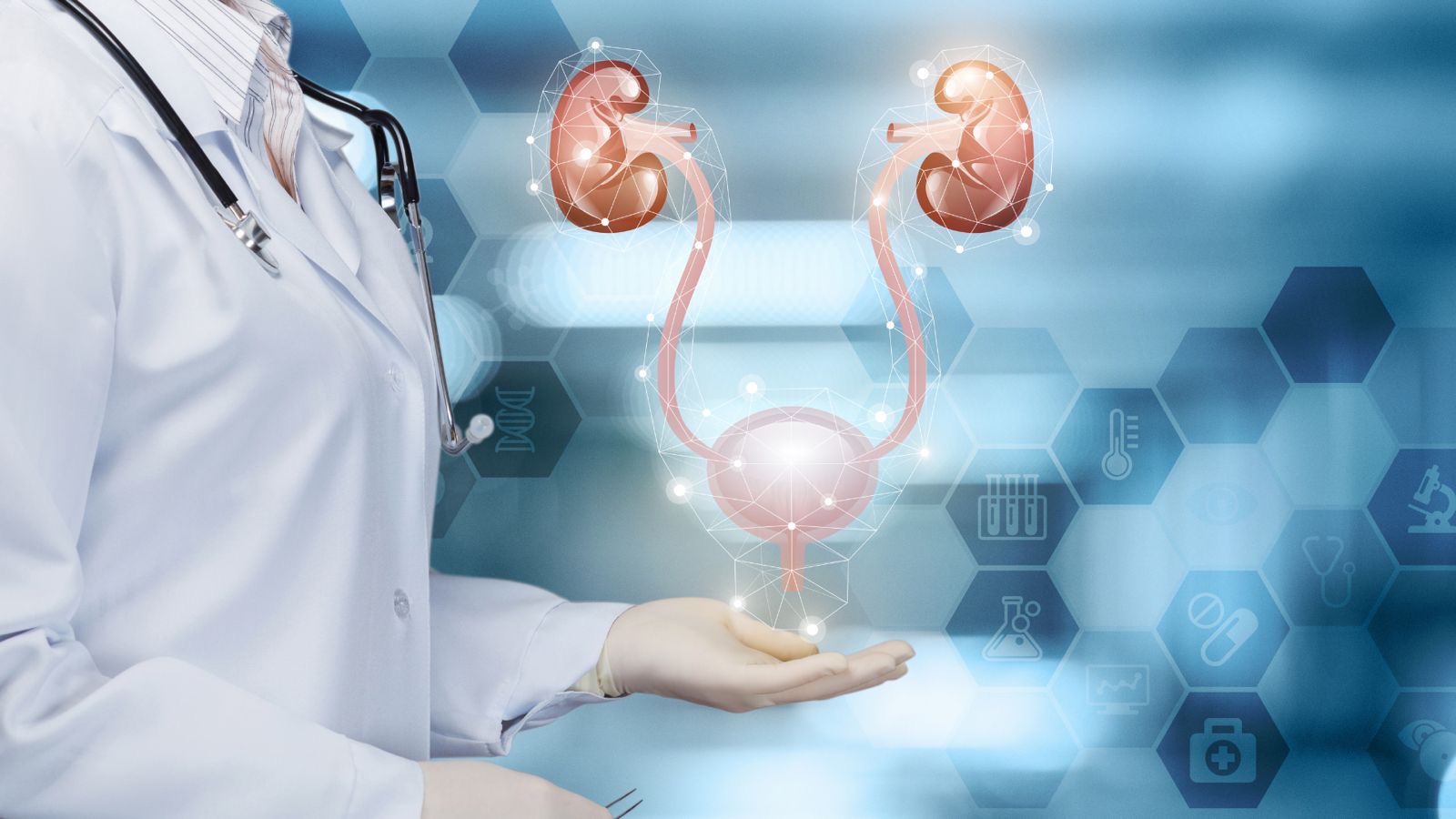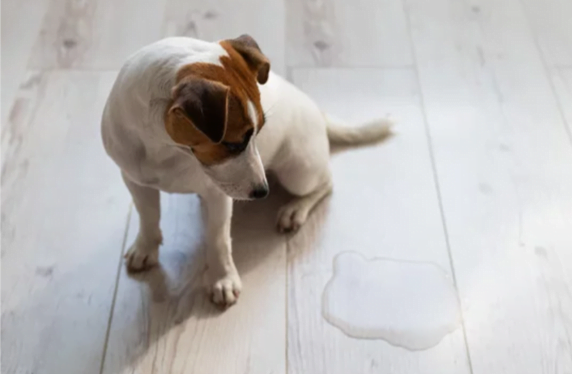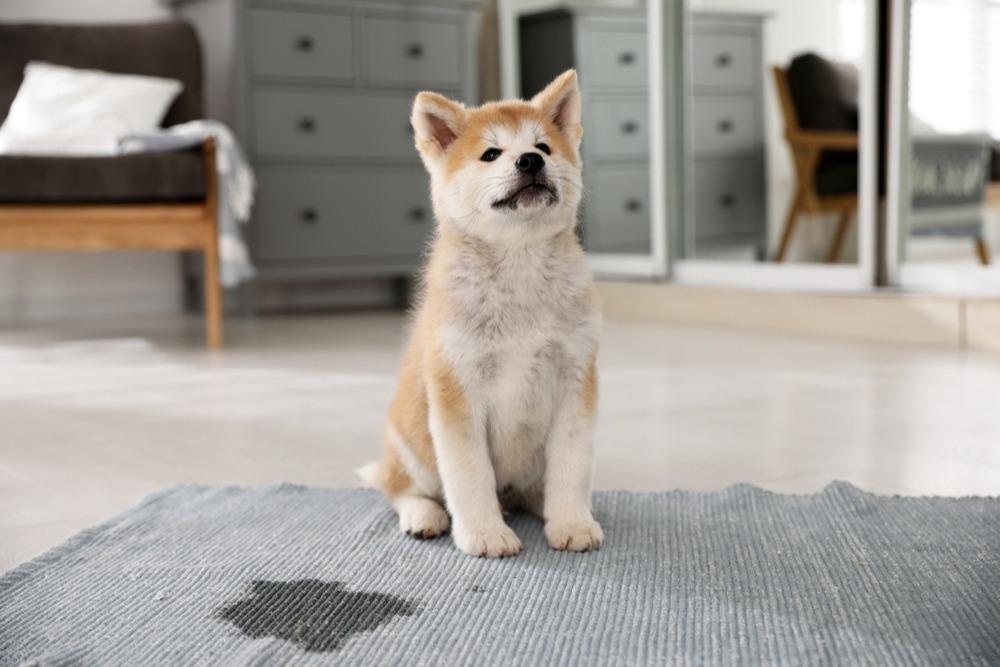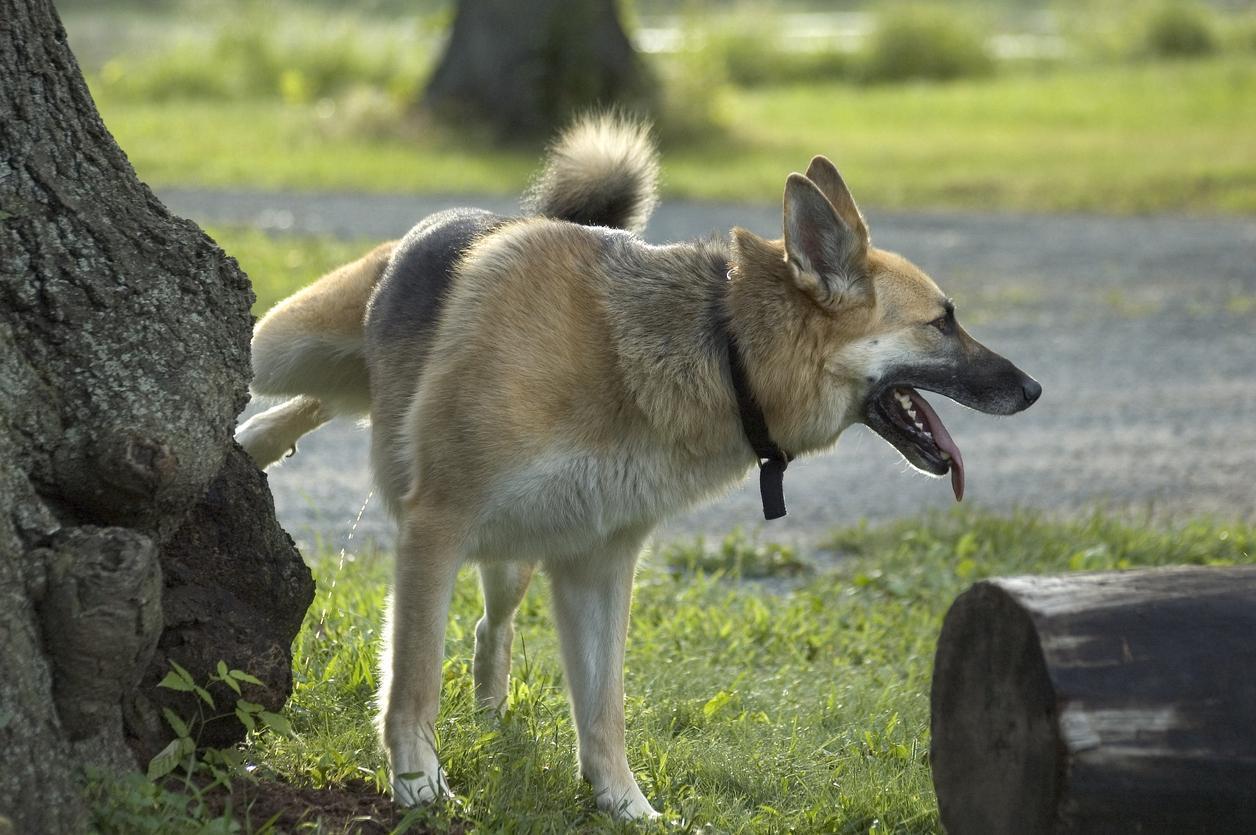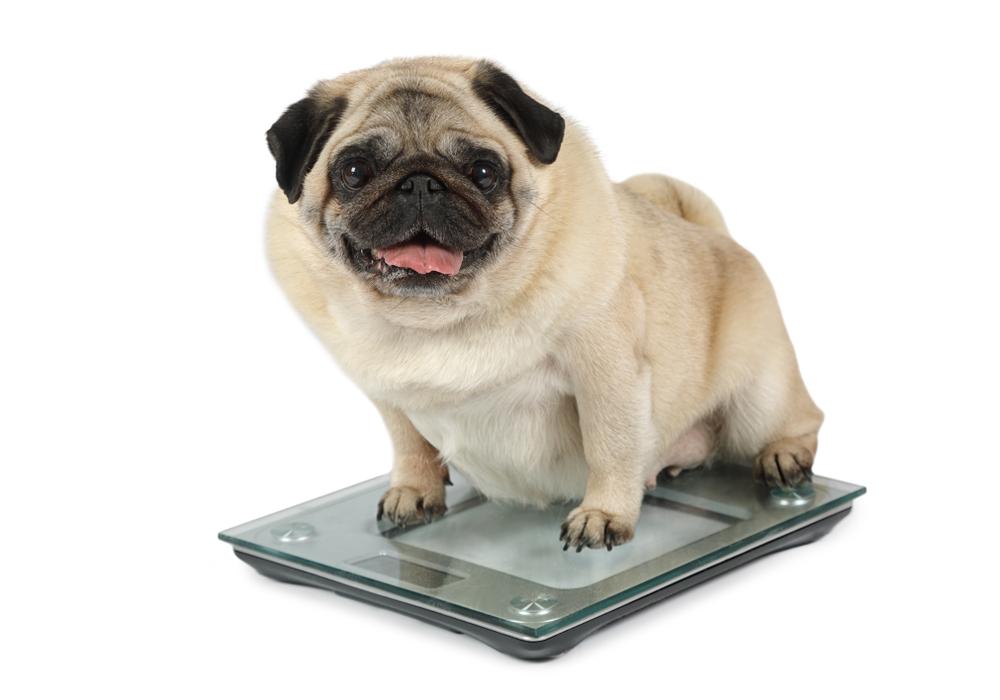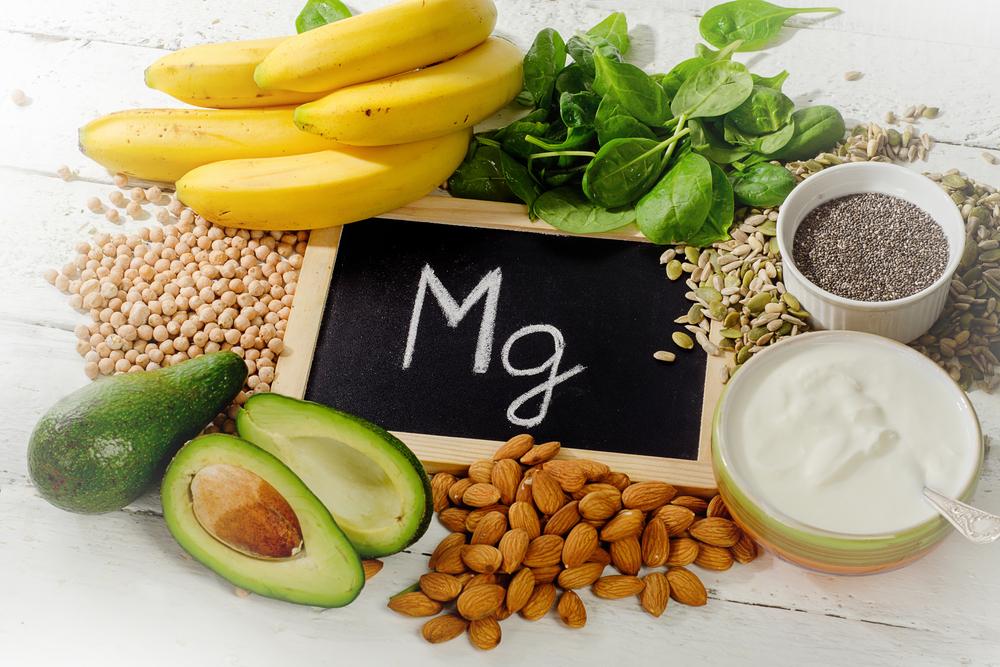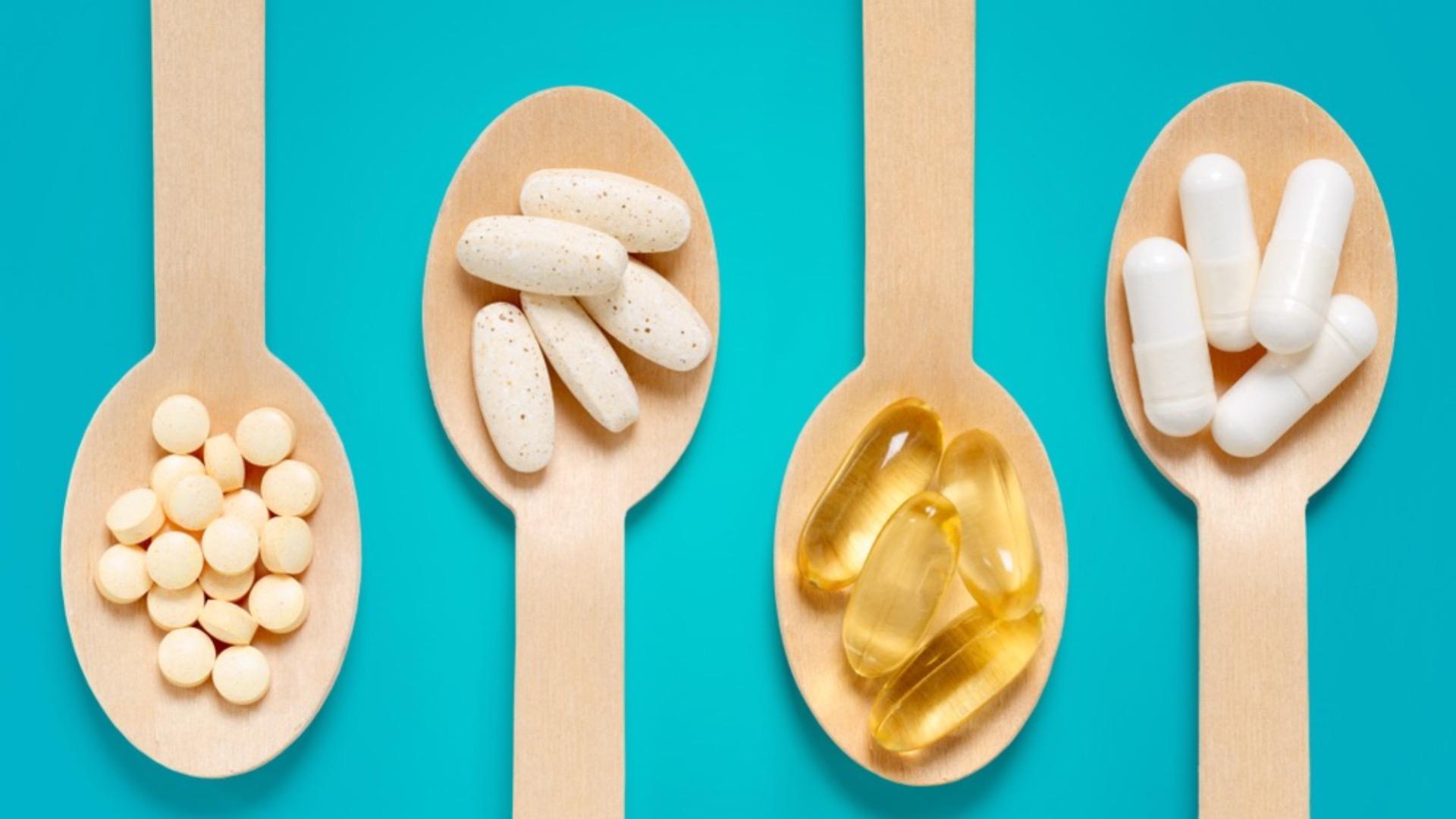
Here at My Pet Nutritionist, we see quite a few clients with differing bladder stones, often accompanied by other disease. Let’s delve into the different stones and the types of diets we may want to feed.
There are several types of stones that form within the urinary system, each needing a different environment and mineral composition to be able to form. 95% of stones occur within the bladder and only 5% within the kidney, for both cats and dogs.
Stones develop when a multitude of microscopic crystals clump together, this doesn’t always happen and so crystals can exist without forming stones. As crystals clump together, they form small stones which can become larger over time and pose more of a problem as the issue gets larger and more painful. When crystals form into small stones they can become life threatening if the stones get lodged in the exit of the bladder thus blocking the exit route.
Crystals form from dissolved minerals within the urine in the bladder. These minerals enter the bladder via the kidneys from waste products via food.
Altered urinary pH has a role to play in the formation of stones and crystals.
Urine pH varies depending on the animal’s diet (Nelson et al) due to the waste products which have been filtered and excreted by the kidney.
Symptoms of bladder stones include:
Bladder stones are seen more frequently in dogs that experience bladder infections. In our experience we see this due to antibiotic use, a carbohydrate dense diet, poor gut microbiota, food intolerances, food allergies, dehydration and the like.
Research has shown some common causes of kidney and bladder stones in canines which tend to be more standard.
Causes of these stones can be from the following:
Crystals in the urine are diagnosed by a microscopic examination of fresh urine to determine the type of crystal. The urine will also be tested with a strip to determine pH level and presence of blood, White Blood Cells, protein levels and concentration or specific gravity. Determining the type of crystal is very important before we can recommend a suitable diet. These are struvite, oxalate, urate and cystine crystals.
By far the most important way of combatting crystal formation is by adding water to the diet. Feeding moist foods dilutes the urine and promotes more frequent urination. This in turn reduces the likelihood of crystal formation as the urine does not sit in the bladder for so long.
Some crystals and stones can be dissolved with dietary supplements alone, changing to a natural balanced wet diet can be enough to irradiate the problem. Some stones cannot be dissolved with diet alone. Other cases need medication or if they are just too large, will require surgical removal. Prescription diets are available with manipulated ingredients and urinary acidifiers.
Magnesium Ammonium Phosphate, triple phosphate
Struvite stones are one of the most common types of bladder stones found in dogs. In most cases, struvite bladder stones are caused by infection, namely Staphylococci and Proteus bacteria being the usual culprits. This infection is often contracted from the lower urinary tract.
– Cranberry extract (Proanthocyanidins, PACs) – proven to reduce bacteria such as E coli
Howell AB. Bioactive compounds in cranberries and their role in prevention of urinary tract infections. Mol Nutr Food Res. 2007 Jun;51(6):732-7. doi: 10.1002/mnfr.200700038. PMID: 17487930.
– Methionine– is an amino acid that has been proven to acidify the urine
Siener R, Struwe F, Hesse A. Effect of L-Methionine on the Risk of Phosphate Stone Formation. Urology. 2016 Dec;98:39-43. doi: 10.1016/j.urology.2016.08.007. Epub 2016 Aug 9. PMID: 27521063.
– N -Acetyl Glucosamine – helps bladder support, may reduce inflammation and sooth the bladder wall.
Theoharides TC, Kempuraj D, Vakali S, Sant GR. Treatment of refractory interstitial cystitis/painful bladder syndrome with CystoProtek–an oral multi-agent natural supplement. Can J Urol. 2008 Dec;15(6):4410-4. PMID: 19046494.
– Apple cider vinegar – is a wonderful anti microbial
Yagnik D, Ward M, Shah AJ. Antibacterial apple cider vinegar eradicates methicillin resistant Staphylococcus aureus and resistant Escherichia coli. Sci Rep. 2021 Jan 20;11(1):1854. doi: 10.1038/s41598-020-78407-x. PMID: 33473148; PMCID: PMC7817673.
Bartges JW, Callens AJ. Urolithiasis. Vet Clin North Am Small Anim Pract. 2015 Jul;45(4):747-68. doi: 10.1016/j.cvsm.2015.03.001. PMID: 26002797.
Palma D, Langston C, Gisselman K, McCue J. Canine struvite urolithiasis. Compend Contin Educ Vet. 2013 Aug;35(8):E1; quiz E1. PMID: 23677867.
Queau Y. Nutritional Management of Urolithiasis. Vet Clin North Am Small Anim Pract. 2019 Mar;49(2):175-186. doi: 10.1016/j.cvsm.2018.10.004. Epub 2018 Dec 21. PMID: 30583809.
Microscopic Calcium Oxalate crystals
The second most common crystal found in dogs, is calcium oxalate. Current research indicates that urine high in calcium, citrates, oxalates and in an acidic environment, predisposes a pet to developing calcium oxalate crystals. Recent studies have shown diets that cause high urine acidity (urine pH less than 6.5) may predispose dogs to develop this type of bladder stone.
Probiotics are found to be able to breakdown oxalate in the digestive system. A good broad-spectrum probiotic can contribute to this process and is highly recommended.
Despite being acidic, citrus fruits alkalise the urine and these may be added to foods as long as urine is monitored frequently.
Afkari R, Feizabadi MM, Ansari-Moghadam A, Safari T, Bokaeian M. Simultaneous use of oxalate-degrading bacteria and herbal extract to reduce the urinary oxalate in a rat model: A new strategy. Int Braz J Urol. 2019 Nov-Dec;45(6):1249-1259. doi: 10.1590/S1677-5538.IBJU.2019.0167. PMID: 31808414; PMCID: PMC6909872.
Urate uroliths belong to the purine family of uroliths and are the third most common urolith type in dogs.
Unless you have reason to believe your Dalmatian is genetically susceptible to urate stones, your dog can enjoy a species appropriate whole food diet. Most veterinary surgery’s will be happy to look at urine samples during general health checks to ensure there are no signs of urate crystals forming. A DNA test can be requested that will check your Dalmatian for the mutation gene that causes the disease.
Purines are chemical compounds found in the DNA of all types of foods. Although some foods are higher in purines than others, data is not readily available on the actual quantities. At present it is not possible to measure purines in the UK or Europe in our foods.
Healthy dogs breakdown purines into allantoin which is readily excreted in the urine. Purine breakdown takes place in liver.
Sadly, in some cases, this mechanism is faulty leaving purines as uric acid rather than the full conversion to allantoin. Urate crystals are rare and found in dogs with a genetic predisposition. We may also see these urate stones in some cases of liver shunt also.
As meat is thought to be high in purines, a commercial raw diet is not often advisable. The owner has the options of prescription diets, or home prepared cooked foods.
Prescription diets or balanced homemade diets are the two options available for your dog. If you would like to learn more about how to make a homemade balanced diet please do let us know and we can offer a consultation.
Purines are broken down in the liver and excreted in the kidney. Some Dalmation’s have genetic mutation, in which an enzyme is missing this results in purines remaining in the system as uric acid. Uric acid can leave affected dogs vulnerable to urate stones formation in the bladder. A DNA test can be carried out to determine if your Dalmation is vulnerable to urate crystals. Yearly concentrated urine test to look for presence of the crystals is a way to monitor any formation.
A diagnosis of Leishmaniasis does not mean a dog cannot have fresh food as some owners assume. As the disease shows itself in many forms, fresh food can be appropriate if the dog has not been put onto Allopurinol medication. Allopurinol interferes with the breakdown of purines leaving these dogs susceptible to urate stones.
Uroliths or cystic calculi
Cystine is an amino acid in the body that is normally reabsorbed by the kidneys. Cystinuria occurs when the kidneys are not able to properly reabsorb cystine, causing it to accumulate in the urine and form bladder or kidney stones.
There are two main treatment strategies for treating cystine bladder stones in dogs. This is non-surgical removal called urohydropropulsion, and surgical removal.
Only small stones may be removed non-surgically by urohydropropulsion.
In all cases add as much water as is palatable to the diet, this is the most effective way of diluting urine and preventing crystal formation. Try and regularly make your dog drink extra water by flavouring the drinking water (splash of goats milk or yoghurt usually helps!).
Make sure the dog has plenty of opportunity to urinate as this will decrease the chance of crystals forming in the bladder. Urine needs to be examined under the microscope at least monthly if not fortnightly when changing a diet.
Veterinary advice should always be sought if you believe your dog may have an urinary infection or stones.
Looking at these four different crystals, with different etiologies and the need for specific recipes and certain supplementation, we advise following homemade recipes and recommended supplementation, always seeking the guidance of your vet or contact us to find out more.
We offer recipes most likely suitable for struvite, oxalate, cystine and urate stones. (purines).
We hope you found this guide helpful.
MPN Team x
